Saath Nibhaana Saathiya Drama Review: Saath Nibhaana Saathiya (English: Stand By Me, Partner) is a long-running Indian Hindi-language television series that aired on Star Plus from 3 May 2010 to 23 July 2017. Produced by Rashmi Sharma Telefilms, the series starred Giaa Manek, Devoleena Bhattacharjee, Rupal Patel, Mohammad Nazim, Vishal Singh, Loveleen Kaur Sasan, Tanya Sharma, Sonam Lamba, Amar Upadhyay, Kunal Singh and Rohit Suchanti.
Plot:
The series revolves around the Modi family, a Gujarati joint family living in Ahmedabad. The story explores the lives of two female cousins, Gopi and Rashi, who marry into the Modi family. Gopi, initially portrayed as meek and uneducated, gradually transforms into a strong and confident woman, winning the hearts of her family members. The series highlights the importance of family values, traditions, and relationships, while also addressing social issues like domestic violence, dowry, and women’s empowerment.
Strengths:
- Relatable Characters: The characters in Saath Nibhaana Saathiya were relatable to a wide audience, particularly middle-class families in India. The show’s portrayal of everyday life, family dynamics, and interpersonal relationships resonated with viewers, making them feel connected to the characters and their journey.
- Strong Female Characters: Gopi, the show’s central protagonist, was a strong and inspiring female character who defied societal expectations and emerged as a role model for many women. Her journey from being a meek and submissive bahu to a confident and self-reliant woman resonated with viewers across generations.
- Prominent Social Messaging: Saath Nibhaana Saathiya subtly addressed various social issues like domestic violence, dowry, and women’s empowerment. While not explicitly stated, these themes resonated with viewers and sparked conversations about social realities.
- Cultural Relevance: The show’s depiction of Gujarati culture, traditions, and customs was authentic and relatable to viewers from that community. This added a layer of authenticity and relatability to the narrative, further connecting with the audience.
Weaknesses:
- Lengthy Runtime: Spanning over 2200 episodes, the series was criticized for its excessive length. This sometimes led to repetitive plotlines and a feeling of dragging, impacting the overall pace and viewer engagement.
- Melodramatic Tropes: As with many Indian soap operas, the show relied on melodramatic plot twists and tropes. While these elements were popular with segments of the audience, they could feel excessive and unrealistic to others.
- Shifting Focus: The series initially focused on the central characters of Gopi and Kokila but gradually incorporated new characters and storylines. This occasionally shifted the focus away from the core narrative, potentially confusing or alienating some viewers.
Overall Impact:
Despite its limitations, Saath Nibhaana Saathiya remains a significant contributor to Indian television history. It captivated audiences for years with its relatable characters, engaging storyline, and portrayal of societal themes. The series established Giaa Manek, Devoleena Bhattacharjee, and Rupal Patel as household names and paved the way for further exploration of complex female characters and family dynamics on Indian television.
Additional Considerations:
- Cultural Context: Understanding the cultural context of Indian soap operas is crucial when evaluating shows like Saath Nibhaana Saathiya. Melodramatic elements and lengthy narratives, while potentially seen as flaws globally, often contribute to viewer engagement within the specific genre.
- Legacy and Fandom: Despite potential criticisms, the show continues to hold a special place in the hearts of many viewers. Dedicated online communities and nostalgic discussions are testaments to its lasting impact and ability to connect with audiences.
Beyond the Surface: A Deeper Look at Saath Nibhaana Saathiya
While the previous section provided a comprehensive overview of Saath Nibhaana Saathiya, let’s delve deeper into its complexities to gain a richer understanding.
Criticisms:
- Regressive Portrayals: Despite portraying Gopi’s empowerment journey, the show was criticized for perpetuating certain regressive stereotypes. The excessive focus on a woman’s duty towards her husband and family, sometimes at the expense of her own desires and ambitions, resonated negatively with certain viewers.
- Over-the-top Acting: The acting style, particularly during emotional scenes, was often deemed over-the-top and unrealistic by some viewers. This could be attributed to the show’s adherence to the melodramatic tropes prevalent in Indian soap operas, which may not translate well to viewers accustomed to more nuanced performances.
- Controversial plotlines: Certain plotlines, such as Kokila’s methods of disciplining Gopi, stirred controversy. While intended to be humorous, some viewers found them to be unrealistic, unhealthy, and potentially reinforcing harmful power dynamics within families.
Legacy:
- Cultural Conversation Starter: Despite criticisms, Saath Nibhaana Saathiya sparked crucial conversations about social issues like domestic violence, dowry, and women’s empowerment. While the show’s approach might not be universally accepted, it opened dialogues about these important topics within the Indian context.
- Redefining the Bahu Image: The show redefined the stereotypical portrayal of the “bahu” (daughter-in-law) in Indian television. Gopi, despite her initial limitations, emerged as a strong and independent woman, challenging traditional expectations and inspiring women to pursue their dreams.
- Enduring Popularity: Despite concluding in 2017, Saath Nibhaana Saathiya continues to hold a dedicated fanbase. The show’s characters, iconic dialogues, and memes remain popular, showcasing its lasting impact on popular culture.
Conclusion:
Saath Nibhaana Saathiya offers a captivating glimpse into Indian society and family dynamics. The series, while not without its flaws, resonated with viewers for its relatable characters, engaging storyline, and portrayal of everyday challenges. Its legacy lies in its contribution to shaping the landscape of Indian television and leaving a lasting impression on audiences.

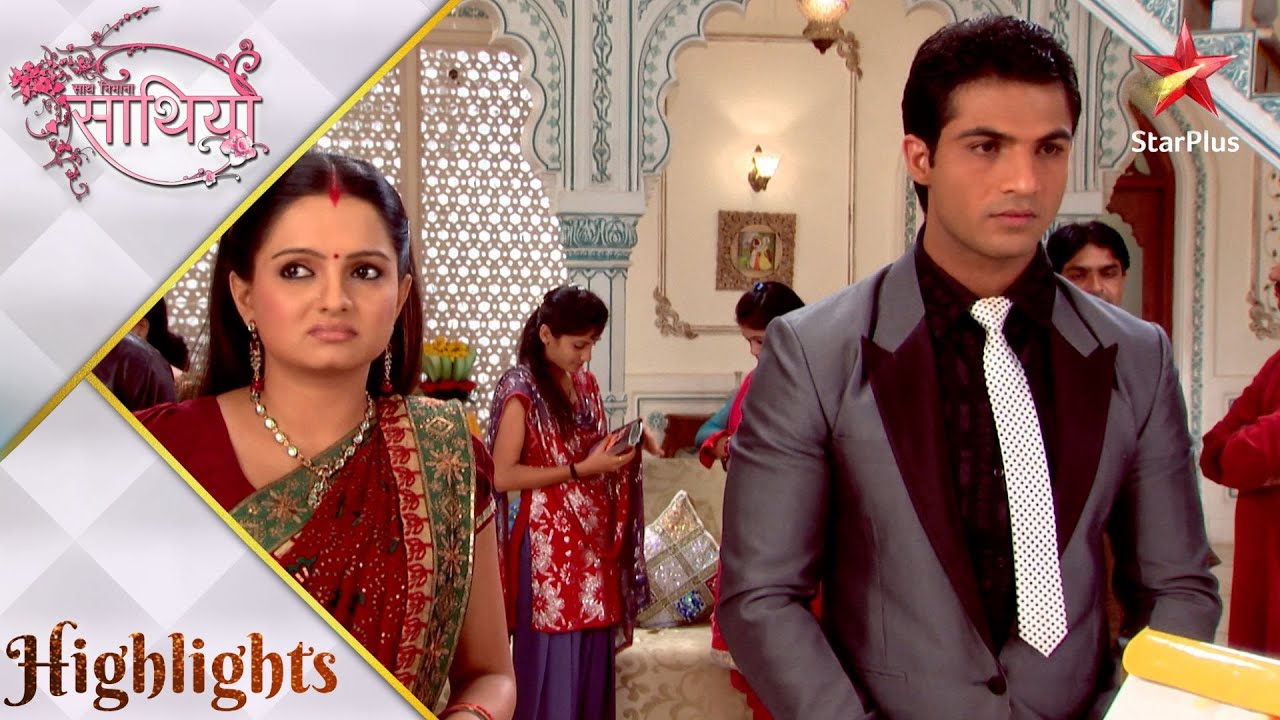
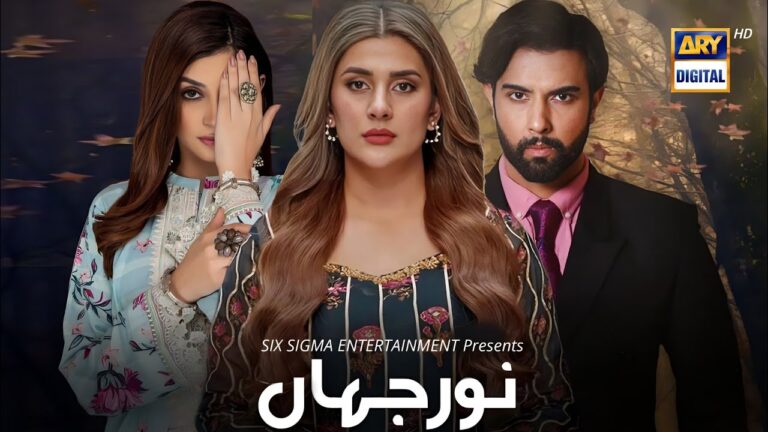

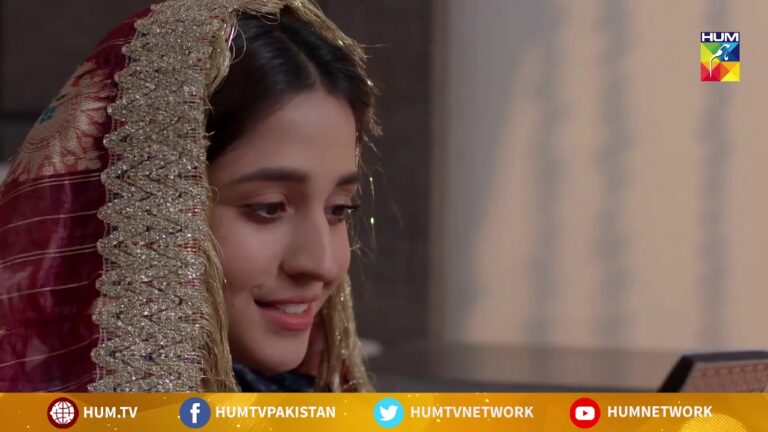

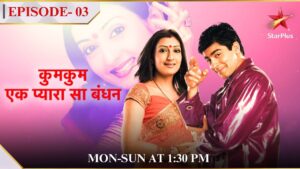
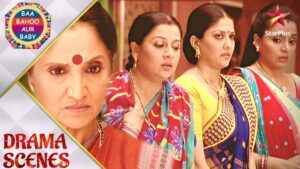


+ There are no comments
Add yours